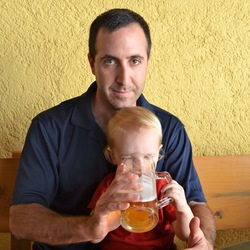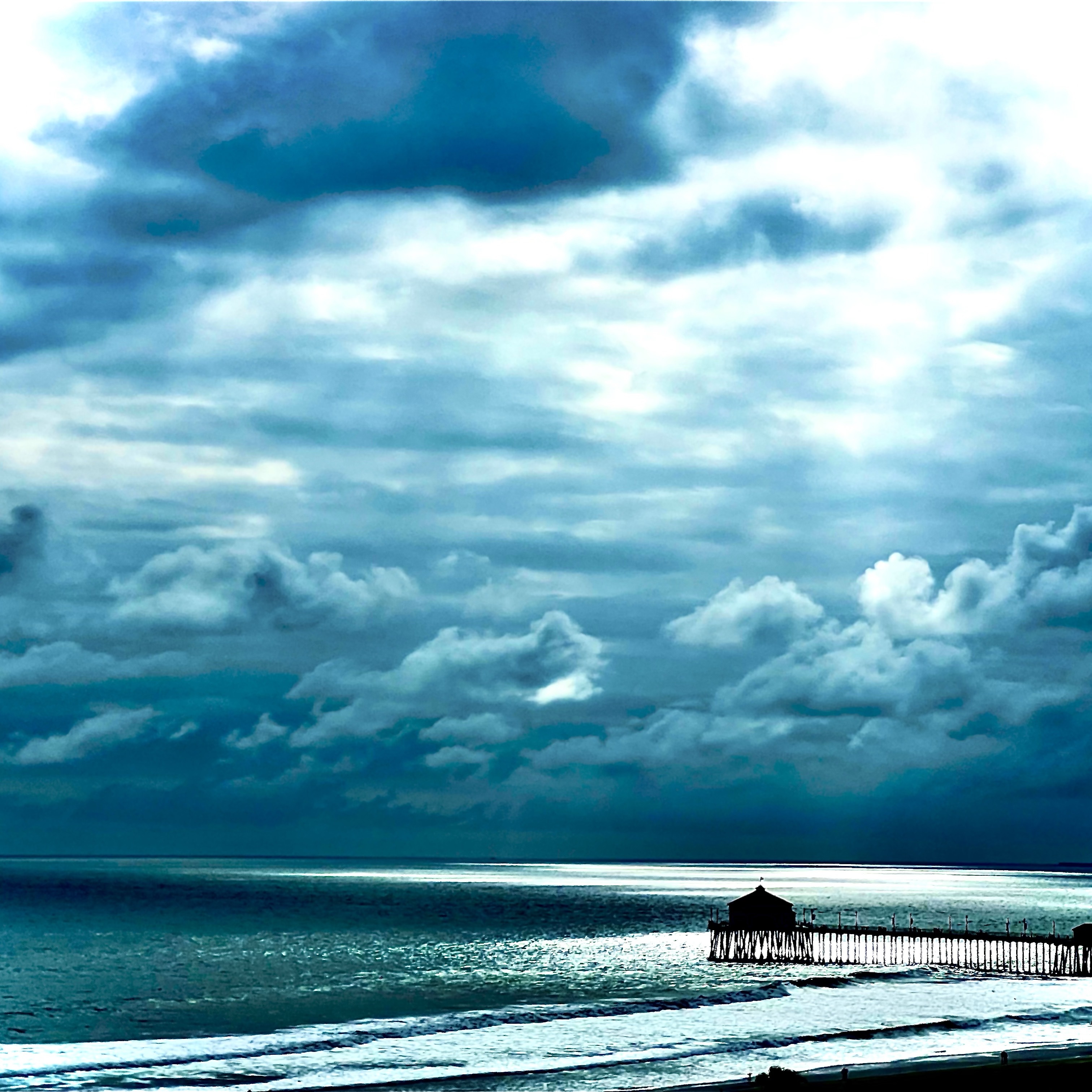Anomaly Vineyards
R. López de Heredia
Viña Cubillo Crianza Rioja Tempranillo Blend 2012
Cubillo is a beautiful anomaly in a sea of $25 wines.
It’s the youngest of the lot, but the signature stamp is there, so obviously LDH Tempranillo.
Velvet milk chocolate, ripe black cherries, brand new leather boots. Rich and loaded with cocoa and coffee and raisiny red berries.
It looks like motor oil. Heck it has almost a decade in bottle. Plenty of acid to smooth out over time.
We should be stock piling this - quality and price don’t intersect so well very often. — 4 years ago
Günther Steinmetz
Piesporter Domherr kabinett Riesling
First time with this bottling and I have deep regrets about buying only four bottles. The acidity is extreme. It swallows the residual sugar, leaving just a hint of sweetness, though the sugar makes the fruit burst on the palate and gives the wine density. Shockingly concentrated and intense with salty, mineral depth and a very long finish. This is closer to a generous Grosses Gewachs than my conception of a Kabinett. Thrilling wine! @Lyle Fass is this typical or an anomaly of the vintage? More importantly, do you have anything like this to sell me? — a year ago
Harper Voit
Surlie Willamette Valley Pinot Blanc 2021
Wild stuff - big bold brash - you don’t expect that w/this varietal, but this had all kinds of body & texture. Austere nose til it warmed up then it was throwing aromas like lime peel, green tea, Granny Smith, kiwi - green things… plenty of acidity, mineral & resoundingly dry finish. Anomaly / interesting, not sure we loved it — 2 years ago
Domaine du Grand Montmirail
Cuvée Vieilles Vignes Gigondas Red Rhone Blend 2010
Had forgotten about this one in the cellar. It’s a really nice “aged Southern Rhône” experience. So fragrant, with loads of rich mahogany and leather scents, iodine, sultry rich berries, crushed rock. Intense flavors that still show nice fruit. There is still a whack of tannin in the finish, which isn’t really drying out at all, amazingly. Probably an anomaly because this was a great and stacked and packed vintage when young. — 4 years ago

Maria Papoila
Vinho Verde Loureiro & Alvarinho Blend
Citrus on the nose with a sweet honey subtext. But there’s some overtones of cooked onions and eggplant on the nose. I can’t explain tbis because it’s not a musty corkage scent. The Intense frontal assault on the tongue overwhelms any of the umami notes on the nose. A distinct taste of Peaches on the front of the palate with lemon zest on the mid palate. Intense flower and citrus finish. I need to try another bottle to see if those umami notes were an anomaly. — a year ago
Law Estate Wines
Beguiling by Law Grenache - Syrah Blend
The 2019 isn’t aging as well as I expected it would. The limestone minerality that characterizes the Law wines has mostly faded. Sage and chocolate on the nose. Without the calcaire, the fruit and the thick tannins are fully expressed. It now has the consistency of a high-end cab or zin. It’s still very nice, but I miss the mineral astringency. I’m giving it an 8.9. I need to open another 2019 to see if this is a pattern or an anomaly.  — a year ago
Château Coufran
Haut-Médoc Red Bordeaux Blend 2009
K&L notes, At the very top of the Haut-Médoc, embedded in a sea of gravel just next to the Gironde River north of St-Estèphe, sits the anomaly of the Left Bank: Château Coufran, the "Pomerol of the Médoc," so-called for its high propensity of Merlot vines in a region where Cabernet reigns supreme. While practically all of its Left Bank neighbors are making structured and powerful clarets, Coufran continues to make softer, silkier, classically tailored Right-Bank-style wines. Owned by the Miailhe family since 1924, the wine has been prized by those in the know for its early approachability and fantastic value, which is part of the reason it’s been a staple of K&L’s Bordeaux department for decades. Not only does the wine historically drink well at a younger age, it evolves beautifully over a five to ten year period. The 2009 is currently in a gorgeous spot only eight years after the vintage, showing secondary development and complexity beyond the primary fruit of its youth — 3 years ago
Anomaly Vineyards
St. Helena Cabernet Sauvignon
Incredible. — 5 years ago









Freddy R. Troya
Frédéric Gueguen (Domaine des Chenevières) – Saint-Bris “Chenevières” Sauvignon Blanc 2022
Saint-Bris AOC, Chablis, Burgundy, France 🇫🇷
Overview
A rare Burgundian exception, Saint-Bris is the only appellation in Burgundy legally permitted to produce 100% Sauvignon Blanc rather than Chardonnay. This bottling from Domaine des Chenevières delivers a distinctly mineral, cool-climate expression, shaped by Kimmeridgian limestone soils similar to those of nearby Chablis. A compelling meeting point between Loire-like freshness and Burgundian restraint.
Aromas & Flavors
Crisp citrus peel, green apple, lime zest, and subtle white peach, layered with flinty minerality and delicate herbal notes. Aromatics are precise and understated, avoiding the overt tropical character often associated with New World Sauvignon Blanc.
Mouthfeel
Taut, linear, and finely textured. Bright acidity drives the palate with excellent balance, offering tension and clarity rather than weight. Clean, saline finish with lingering mineral freshness.
Food Pairings
Fresh oysters, goat cheese, ceviche, grilled fish, shellfish, or light vegetable dishes with citrus accents.
Verdict
A beautifully crafted and distinctive Sauvignon Blanc that stands apart from both Loire Valley archetypes and New World expressions. Elegant, mineral-driven, and quietly complex, a wine that rewards those seeking nuance over exuberance.
Did You Know?
Saint-Bris AOC is Burgundy’s only appellation authorized to grow Sauvignon Blanc, making wines like this a true anomaly within the region’s Chardonnay-dominated landscape.
🍷 Personal Pick Highlight
One of my favorite non-traditional Sauvignon Blancs in the world. A rare Burgundy exception that consistently delivers finesse, minerality, and precision, a benchmark for how restrained and terroir-driven Sauvignon Blanc can be. — 4 months ago